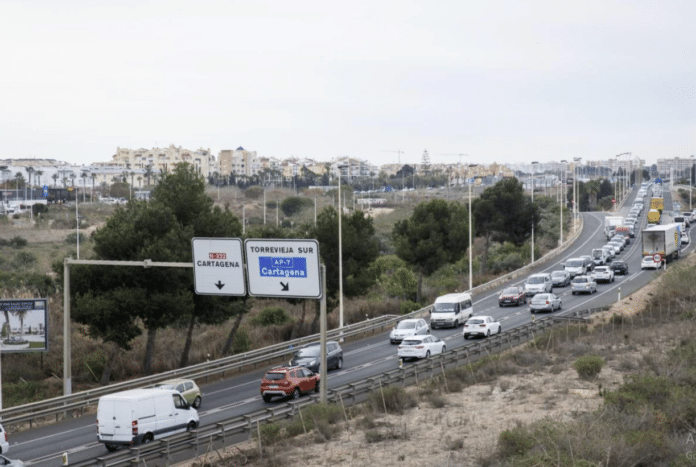
The long-awaited widening of the N-332 highway in Torrevieja continues to face significant hurdles due to land availability constraints. Despite assurances from the Ministry of Transport in May that the project would be approved and put out to tender by the end of 2023, progress has been slow.
The primary obstacle lies in the lack of suitable land to accommodate the expansion of the road. According to road legislation, the necessary land for widening must meet specific criteria, which has proven challenging to fulfil in Torrevieja. These criteria include factors such as proximity to existing infrastructure, environmental impact, and land ownership.
Surveys conducted as part of the environmental assessment process have identified potential issues with the proposed widening plan. While the project is expected to pass the assessment for four of the eight kilometres with the highest traffic density, challenges remain for the remaining sections. These challenges include concerns about the impact on protected ecosystems, the displacement of local businesses, and the potential for increased noise pollution.
A key factor contributing to the land shortage is the extensive development of tourist-residential properties in the area over the past four decades. According to former Mayor José Manuel Dolón, hundreds of thousands of square metres of suitable land have been lost to development, hindering the road widening project.
Dolón alleges that successive local governments failed to enforce the 100-metre building limit line established by national law for ring road variants, and that a key factor contributing to the land shortage is the extensive development of tourist-residential properties in the area over the past four decades. According to the former Mayor, hundreds of thousands of square metres of suitable land have been lost to development, hindering the road widening project.
The consequences of this past oversight are now evident. The N-332 bypass is tightly constrained by surrounding buildings, businesses, and activities, limiting the options for widening the road, especially at access points and public areas. This lack of space has significant implications for the project’s feasibility and cost.
Efforts to address the land shortage have been complicated by the limited flexibility in building regulations. While the Roads Act was modified in 2015 to reduce the building limit line to 50 metres, Torrevieja has maintained the 25-metre limit. This restriction further limits the options for acquiring land for the widening project.
As a result, the future of the N-332 widening project remains uncertain. The challenges posed by land availability and regulatory constraints will likely require innovative solutions or further negotiations to ensure the project’s successful implementation. One potential solution could be to explore alternative routes or consider a more modest widening plan that minimises the need for additional land.
In addition to the land acquisition challenges, the project also faces potential opposition from local residents and businesses who may be affected by the construction process or the increased traffic generated by the widened road. Addressing these concerns will be crucial for securing the necessary support for the project to move forward.
Overall, the N-332 widening project in Torrevieja highlights the complex interplay between urban development, infrastructure planning, and environmental considerations. The challenges faced by this project underscore the importance of careful land use planning and the need for long-term vision in addressing infrastructure needs.




